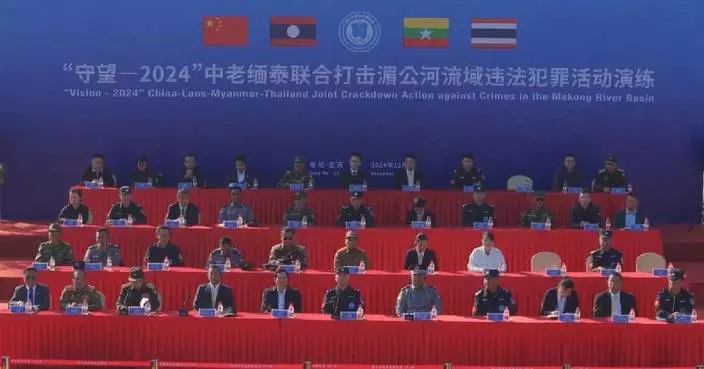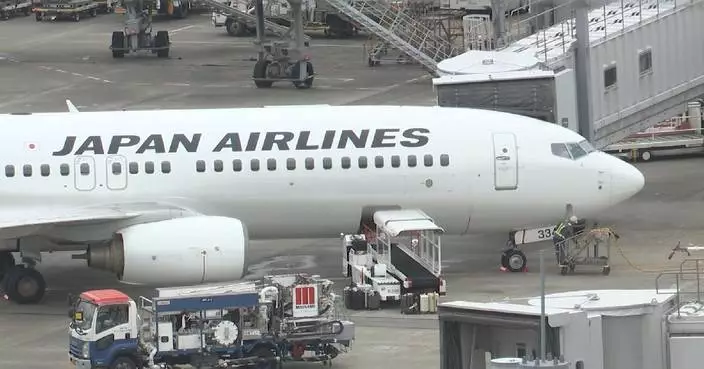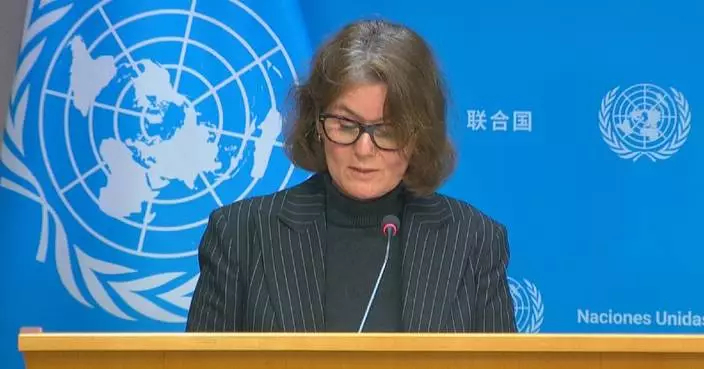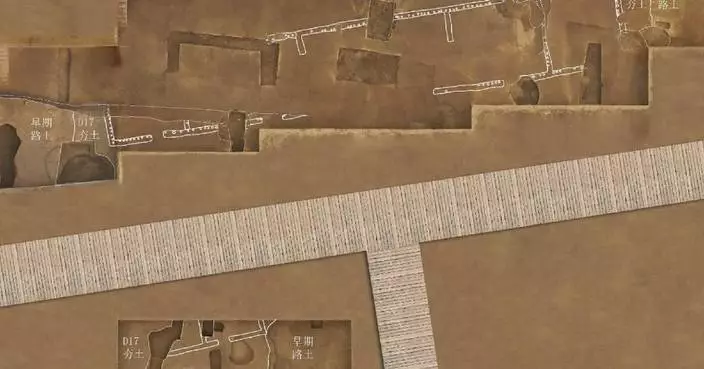Jingdezhen, a city of east China's Jiangxi province well-known for its high-quality porcelain, is a microcosm of the country's development of new industries and new models, as China has rolled out efforts to accelerate the transformation and upgrading of traditional industries over the past few years.
Sun Qiang, a ceramist from the city of Taiyuan in north China's Shanxi Province, is one of the entrepreneurs in Jingdezhen. He started up his business about 10 years ago in just a small room measuring a few dozen square meters.
"Looking at the scale now, you can see how we've really benefited from the opportunities of this era over the past few years, which has allowed us to grow to our current size," Sun said.
Sun said he believes Jingdezhen has benefited from the local government's efforts to hasten the renovation of old factories.
"The environment in Jingdezhen over the past couple of years has been great, with a large influx of tourists. If someone wants to get into design, launch a product, or start their studio, I believe there are far more opportunities now than there were in the past," he said.
Referred to as China's "porcelain capital," Jingdezhen has long been known as a place for porcelain production. The remains of old ceramics factories throughout the city are now displaying new vitality.
The Taoxichuan Ceramic Art Avenue, a new landmark in Jingdezhen, was once an old factory, but the place was renovated into an urban cultural and creative block, symbolizing the revival and prosperity of Jingdezhen ceramic culture in the new era.
The factory, originally built in the 1950s, was repurposed using the existing industrial-era buildings as a foundation and transformed into a cultural and creative district, which began operating in October 2016.
"We are fundamentally engaged in industrial operations, not just the development of physical spaces. The operation of this industry plays a crucial role in driving local economic development," said Gang Hao, general manager of the Taoxichuan Ceramic Art Avenue.
Renovations like Taoxichuan have taken place across the city, attracting young artists from across China to pursue their dreams. For the past decade, the art district has been committed to fostering employment opportunities for young people.
"There are about 26,000 registered individual businesses in Taoxichuan, involving around 150,000 people, with over 90-percent of them coming from outside of Jingdezhen. These young people have injected new vitality into the city and offer new possibilities for industrial development," Gang said.
Jingdezhen epitomizes China's drive to develop new industries and models. At the Third Plenary Session of the 20th Central Committee of the Communist Party of China (CPC) held in Beijing last month, the country's leadership stressed it will improve institutions and policies to drive new quality productive forces, which refers to advanced productivity that goes beyond traditional modes of economic growth, yet is in line with local conditions.

China's porcelain capital Jingdezhen seeks for new vitality from industrial renovation









